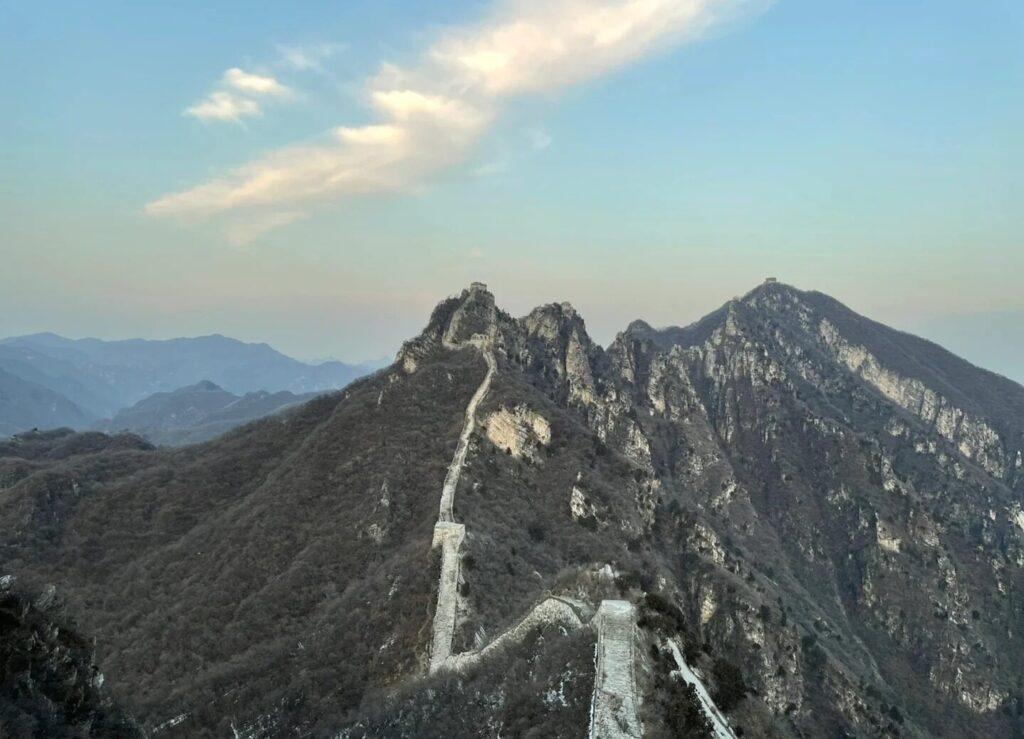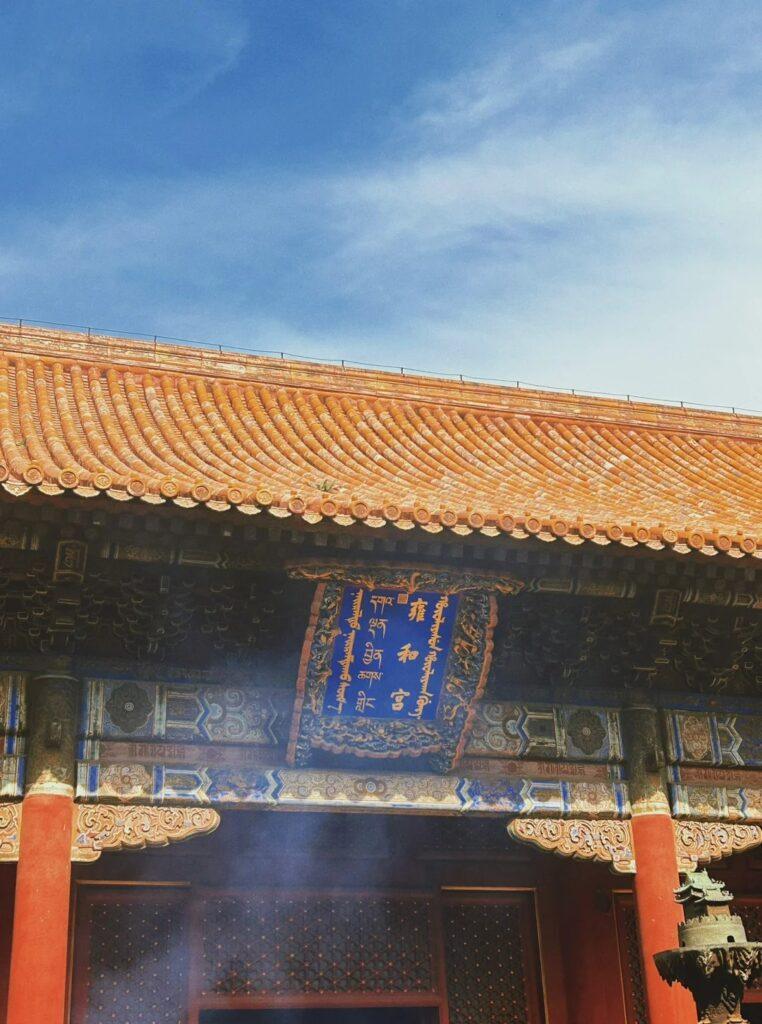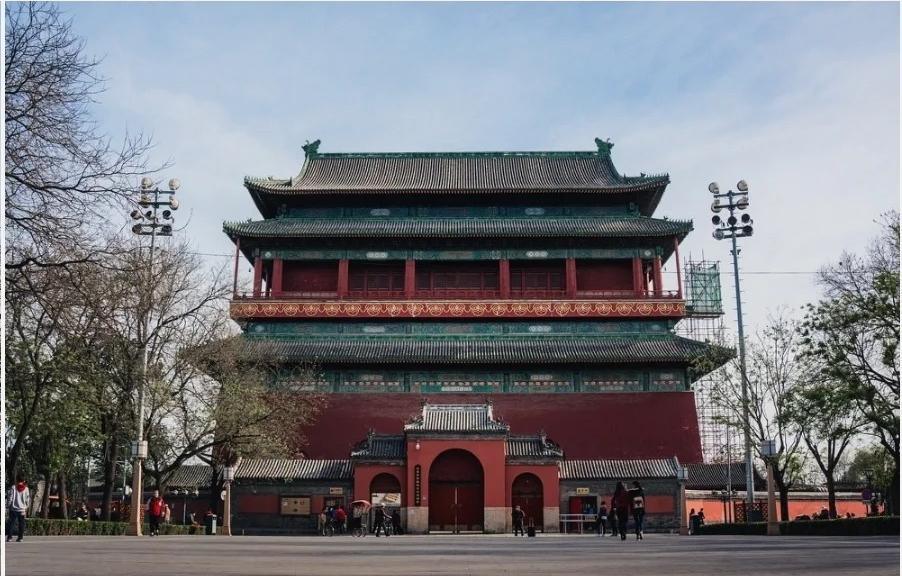Visiting Information
| Information | Details |
|---|---|
| Chinese Name | 明十三陵 (Míng Shísān Líng) |
| Location and Address | Changping District, Beijing, China |
| Opening Time/Hours | 8:00 AM – 5:00 PM (April to October) 8:30 AM – 4:30 PM (November to March) |
| Entrance Fee | Combo ticket: 130 CNY (April to October), 110 CNY (November to March) Individual tomb tickets vary from 30-60 CNY |
| How to Get There | By Metro: Line 5 to Tiantongyuan North, then take bus 867 By Bus: Take bus 872 or 314 from Deshengmen By Taxi: About 1-hour drive from central Beijing |
| Best Time for Visit | Spring (April to May) and Autumn (September to October) for pleasant weather and beautiful scenery |
| Contact Info | Phone: +86 10 6076 1424 Email: Not available |
Overview
The Ming Tombs, also known as the Thirteen Tombs of the Ming Dynasty, is a cluster of mausoleums built for the emperors of the Ming Dynasty of China. Located at the foot of Tianshou Mountain in Changping District, about 50 kilometers northwest of Beijing, the site covers an area of 40 square kilometers. This imperial necropolis is one of the most significant and best-preserved examples of Chinese imperial tomb architecture, showcasing the grandeur and cultural richness of the Ming Dynasty.
Historical Background
The construction of the Ming Tombs began in 1409 during the reign of the Yongle Emperor, who moved the capital from Nanjing to Beijing. The site was chosen based on the principles of Feng Shui, with the mountains providing protection and the river representing wealth and prosperity. Over the next two centuries, 13 out of the 16 Ming Dynasty emperors were buried here, along with their empresses and concubines. The last tomb was completed in 1644, marking the end of the Ming Dynasty. The tombs remained largely untouched until the 20th century when archaeological excavations began, revealing the immense wealth and craftsmanship of imperial China.
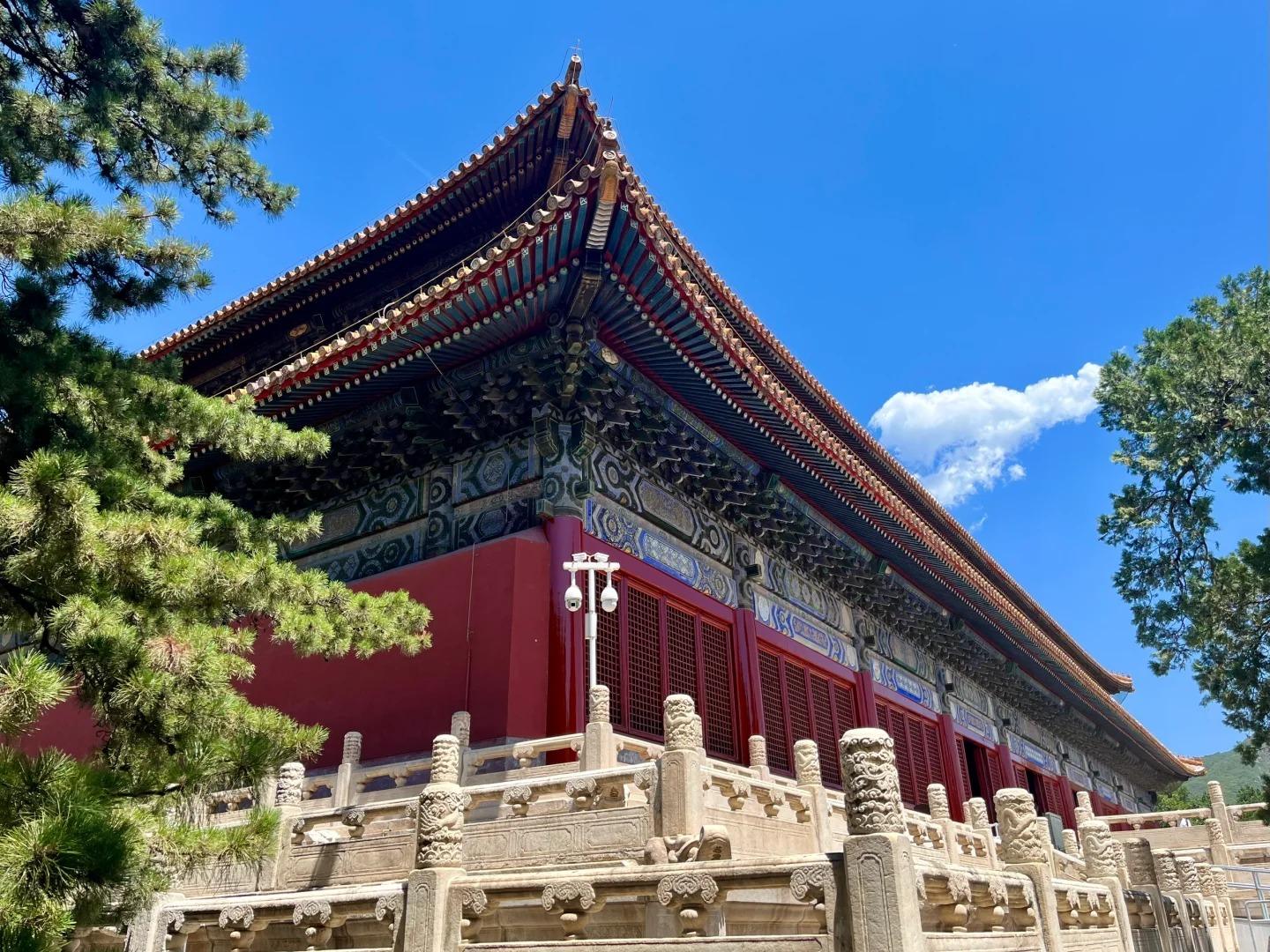
Architectural Features
- Sacred Way (Shendao): The Sacred Way is a 7-kilometer-long avenue leading to the tombs. It begins with a large stone memorial archway and is lined with pairs of stone statues representing officials, warriors, and animals. These statues were believed to guard the tombs and serve the emperors in the afterlife. The Sacred Way is divided into three sections: the Stone Tablet Archway, the Great Palace Gate, and the Dragon and Phoenix Gate, each featuring intricate carvings and architectural details that showcase Ming Dynasty craftsmanship.
- Changling Tomb: The Changling Tomb is the largest and most impressive of the Ming Tombs, housing the remains of the Yongle Emperor and his empress. It features a grand entrance gate, a stele pavilion, and the Hall of Eminent Favors (Ling’en Hall), which is the largest wooden structure in the Ming Tombs area. The hall’s interior is adorned with intricate carvings and houses exhibitions of Ming Dynasty artifacts. The underground palace of Changling, though not open to the public, is known for its elaborate layout and precious burial objects.
- Dingling Tomb: Dingling is the only excavated tomb among the Ming Tombs and is open to visitors. It was the mausoleum of the Wanli Emperor and his two empresses. The underground palace of Dingling consists of five chambers connected by corridors, showcasing the complexity of imperial tomb construction. Visitors can descend into the tomb to see the stone thrones, burial chambers, and replicas of the numerous artifacts discovered during excavation, including the imperial crowns and other precious objects.
- Soul Tower (Minglou): Each tomb in the complex has a Soul Tower, a prominent structure built on a square terrace. These towers house stone steles inscribed with the posthumous titles of the emperors and their empresses. The Soul Towers are key elements in Ming tomb architecture, serving as symbolic gateways to the underground palaces and representing the transition between the earthly and spiritual realms.
Cultural Importance
The Ming Tombs hold immense cultural significance as they embody the beliefs, traditions, and artistic achievements of imperial China. They reflect the Chinese concept of the afterlife and the importance of ancestor worship, demonstrating the continuity of power and lineage even after death. The tombs’ layout and design incorporate principles of Feng Shui and Chinese cosmology, illustrating the harmony between humans and nature. The artifacts found in the tombs provide invaluable insights into the material culture, technology, and artistic styles of the Ming Dynasty. As a UNESCO World Heritage Site, the Ming Tombs serve as a crucial link to China’s imperial past, offering a tangible connection to the country’s history and cultural heritage. The site continues to be an important center for historical research, archaeological study, and cultural education, attracting scholars and visitors from around the world.
Surrounding Attractions
- Badaling Great Wall: Located about 20 kilometers northwest of the Ming Tombs, the Badaling section of the Great Wall is one of the most visited and best-preserved parts of this iconic structure. Built during the Ming Dynasty, this section offers stunning views of the surrounding mountains and features restored watchtowers and steep sections that showcase the wall’s defensive capabilities. Visitors can hike along the wall, explore its watchtowers, and learn about its history at the nearby China Great Wall Museum.
- Juyongguan Pass: Situated between the Ming Tombs and Badaling, Juyongguan Pass is one of the three great mountain passes of the Great Wall. This strategic point features impressive fortifications, including a grand gate tower and steep sections of the wall climbing the surrounding mountains. The pass also houses the Cloud Platform, a white marble structure with intricate Buddhist carvings, offering visitors a unique blend of military architecture and religious art.
- Longqing Gorge: About 30 kilometers north of the Ming Tombs, Longqing Gorge offers a scenic escape with its steep cliffs and emerald waters. Visitors can take a boat ride through the gorge, enjoy the view from a cable car, or experience the world’s longest escalator built into a cliff face. The area is particularly beautiful in spring when the nearby Baihua (Hundred Flower) Mountain bursts into bloom, and in winter when it hosts an impressive ice lantern festival.
- Changping Museum: Located in Changping District, this museum showcases the rich history and culture of the area surrounding the Ming Tombs. It houses a collection of artifacts from various periods, including prehistoric relics, Ming Dynasty ceramics, and items related to the imperial tombs. The museum provides context for understanding the historical significance of the region and complements a visit to the Ming Tombs with additional historical and cultural insights.
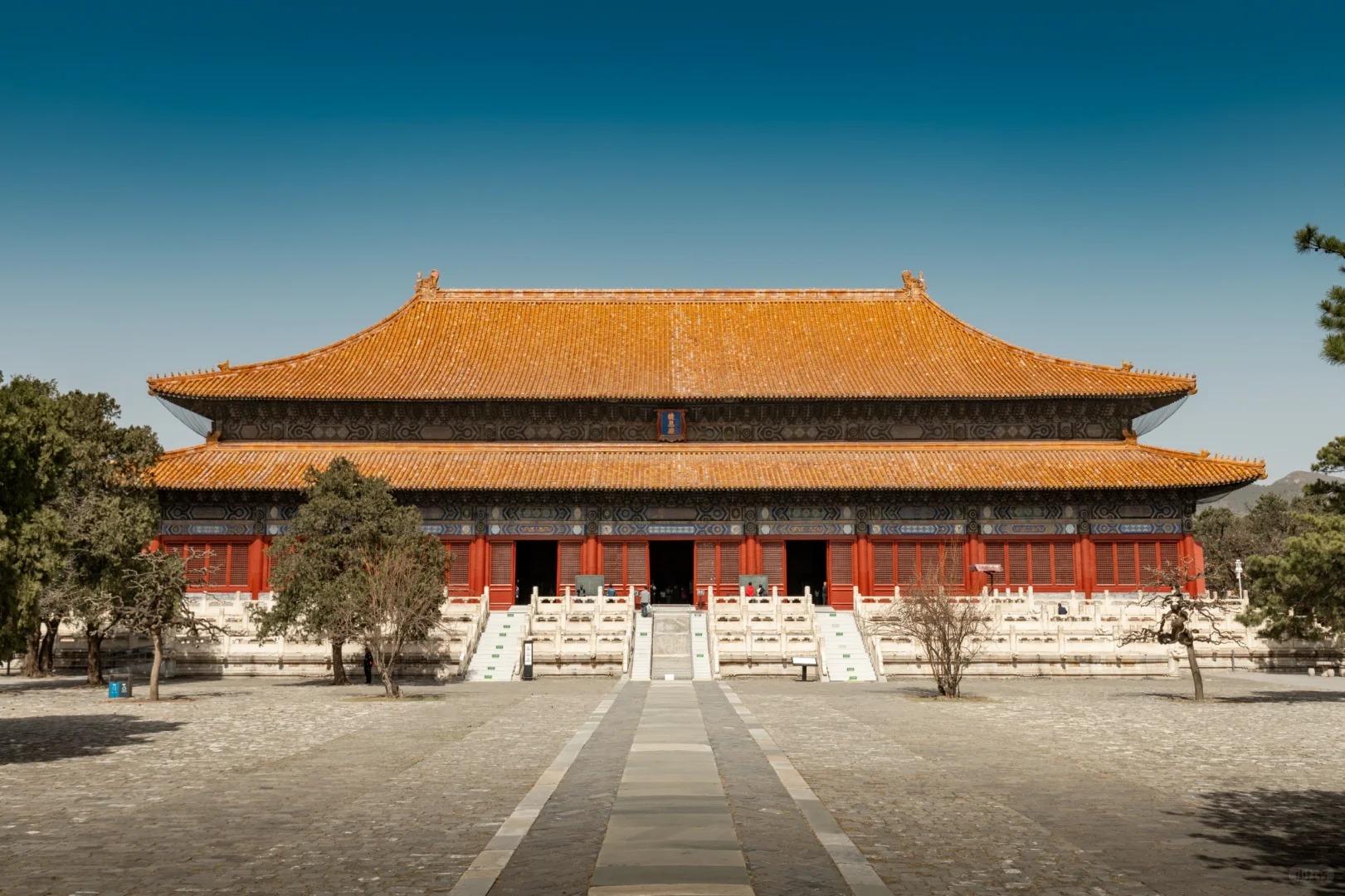
Photography Opportunities
- Sacred Way Statues: The avenue of stone statues along the Sacred Way offers excellent opportunities for atmospheric and cultural photography. The interplay of light and shadow on these ancient guardians, especially during the golden hours of early morning or late afternoon, can create dramatic and evocative images. Photographers can capture the intricate details of the statues, their expressions, and their positioning against the backdrop of trees and sky, conveying the solemnity and historical significance of the site.
- Architectural Details: The various structures within the Ming Tombs complex, such as the ornate gateways, the Soul Towers, and the grand halls, provide rich subjects for architectural photography. Close-up shots of intricate wood carvings, stone engravings, and decorative roof tiles can showcase the craftsmanship of Ming Dynasty artisans. Wide-angle shots of the imposing buildings set against the landscape can capture the grandeur and scale of the imperial necropolis.
- Seasonal Landscapes: The changing seasons offer diverse photographic opportunities at the Ming Tombs. Spring brings cherry blossoms and fresh greenery, creating a vibrant contrast with the ancient structures. Autumn paints the surroundings in golden hues, offering a warm and nostalgic atmosphere. Winter, though cold, can transform the site into a serene snow-covered landscape, emphasizing the timeless nature of the tombs against the stark white background.
- Underground Palace of Dingling: For those interested in indoor photography, the excavated Dingling Tomb presents unique opportunities to capture the mysterious atmosphere of an imperial underground palace. The stone thrones, burial chambers, and exhibited artifacts can be photographed to convey the opulence and complexity of Ming Dynasty burial practices. However, photographers should be aware of any restrictions on photography within the tomb and use appropriate equipment for low-light conditions.
Modern Importance
- Cultural Heritage Preservation: The Ming Tombs serve as a crucial site for the preservation and study of Chinese imperial history and architecture. Ongoing conservation efforts at the tombs contribute to the development of archaeological and restoration techniques, setting standards for heritage preservation in China and globally. The site provides a living laboratory for researchers, conservators, and students to study ancient construction methods, materials, and artistic styles, ensuring that these invaluable historical resources are maintained for future generations.
- Educational Resource: As an open-air museum, the Ming Tombs offer unparalleled educational opportunities for students, scholars, and the general public. The site provides tangible connections to China’s imperial past, allowing visitors to experience historical concepts firsthand. Educational programs, guided tours, and interactive exhibits at the tombs help to disseminate knowledge about Chinese history, art, and culture, fostering a deeper understanding and appreciation of China’s rich heritage among both domestic and international audiences.
- Tourism and Economic Impact: The Ming Tombs are a major tourist attraction, drawing millions of visitors annually and contributing significantly to the local and regional economy. The site creates employment opportunities in tourism, hospitality, and related services, supporting the economic development of the Changping District and broader Beijing area. As part of Beijing’s cultural tourism offerings, the Ming Tombs play a role in promoting China’s cultural heritage internationally, enhancing the country’s soft power and cultural diplomacy efforts.
- Scientific Research: The Ming Tombs continue to be an important site for archaeological and historical research. Ongoing studies at the tombs provide new insights into Ming Dynasty social structures, burial practices, art history, and technological achievements. The artifacts and structures at the site offer valuable data for various scientific fields, including archaeology, anthropology, material science, and conservation technology. Research conducted at the Ming Tombs contributes to the broader understanding of Chinese civilization and helps refine historical narratives and archaeological methodologies.
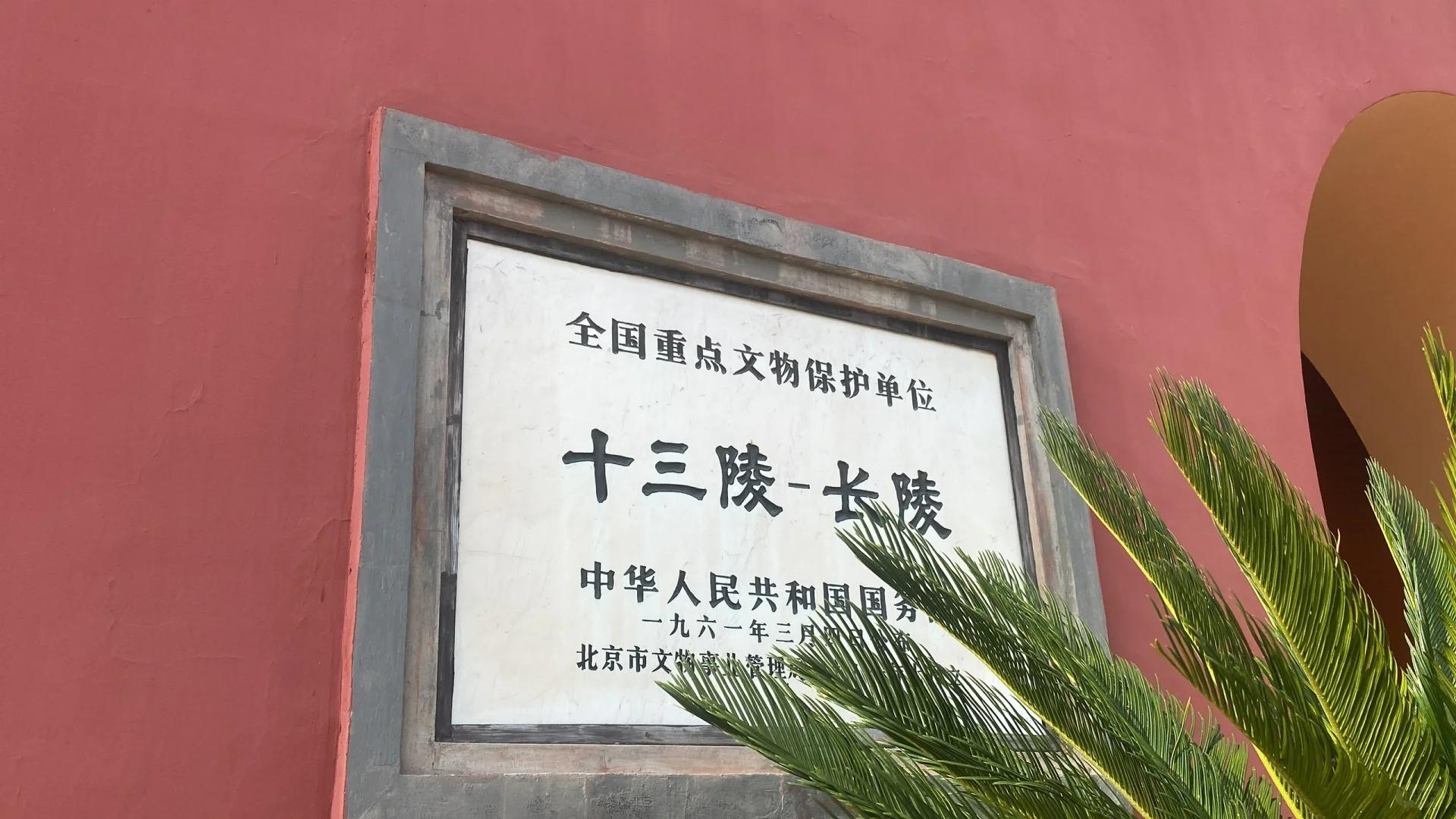
FAQ
- What are the Ming Tombs famous for?
The Ming Tombs are famous for being the burial site of 13 Ming Dynasty emperors, their grandeur and scale, the Sacred Way lined with stone statues, and their representation of Chinese imperial funeral customs and architecture. - What’s inside the Ming Tombs?
Inside the Ming Tombs, you’ll find:
1. The Sacred Way with stone statues
2. Multiple mausoleums, including Changling and Dingling
3. Stone tablets and memorial archways
4. Underground palaces (Dingling is open to the public)
5. Exhibition halls with Ming Dynasty artifacts
6. Soul Towers and other traditional Chinese architectural structures - Are the Ming Tombs free?
No, the Ming Tombs are not free. There is an entrance fee, which varies depending on the season and which tombs you wish to visit. A combo ticket is available for multiple sites within the complex. - Are the Ming Tombs worth visiting?
Yes, the Ming Tombs are worth visiting. They offer a unique insight into Chinese imperial history, showcase impressive architecture and artifacts, and provide a peaceful and scenic environment away from the busy city center of Beijing. - What to do in the Ming Tombs?
At the Ming Tombs, you can:
1. Walk along the Sacred Way and admire the stone statues
2. Visit the Changling Tomb, the largest and most impressive mausoleum
3. Explore the underground palace of Dingling Tomb
4. Learn about Ming Dynasty history in the exhibition halls
5. Enjoy the scenic landscapes surrounding the tombs
6. Take photographs of the unique architecture and statuary
7. Join a guided tour to get more detailed historical information - How do I get to the Ming Tombs in the local city?
To get to the Ming Tombs from Beijing:
1. By Metro and Bus: Take Metro Line 5 to Tiantongyuan North station, then transfer to bus 867
2. By Direct Bus: Take bus 872 or 314 from Deshengmen bus station in Beijing
3. By Taxi or Car: It’s about a 1-hour drive from central Beijing
4. By Tour: Many tour companies offer day trips to the Ming Tombs, often combined with a visit to the Great Wall - How to visit the Ming Tombs?
To visit the Ming Tombs:
1. Plan to spend at least half a day there
2. Wear comfortable walking shoes as there’s a lot of ground to cover
3. Start with the Sacred Way to get an overview of the site
4. Visit Changling Tomb for its impressive architecture
5. Explore Dingling Tomb to see the underground palace
6. Consider hiring a guide or using an audio guide for more detailed information
7. Bring water and snacks, especially in summer
8. Visit in spring or autumn for the best weather conditions
9. Combine your visit with nearby attractions like the Great Wall for a full day trip



